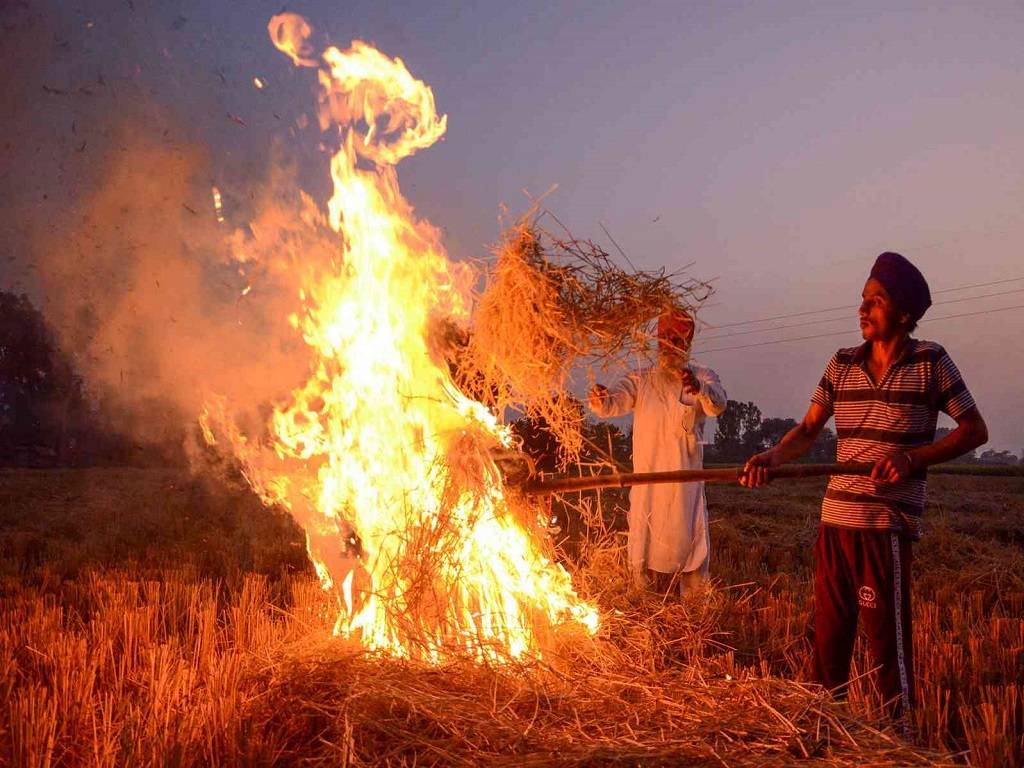
According to authorities, stubble-burning violators in Ludhiana were given the highest environmental fine available in the state of Rs 11.35 lakh for burning at least 37% of the total 2,58,600 hectares of paddy-growing land.
Farmers have, however, implemented scientific stubble management in over 54% of the district's total area under paddy production, paving the way for environmental conservation. As cases of stubble burning have continued unabated, Ludhiana on Friday overtook Delhi as the state's most polluted city with the lowest air quality.
As per the media sources the Chief Agriculture Officer (CAO) Dr. Amanjit Singh said that a two-pronged effort including enforcement and public awareness is being implemented to stop crop residue burning.
He further said that the Agriculture Department had been leading a persistent effort to educate farmers against stubble burning in collaboration with the district administration and related departments.
The Punjab Remote Sensing Centre (PRSC) at this location discovered 296 new incidences of agricultural residue burning on Friday, indicating that the number of stubble-burning incidents has not lowered. This was twice as many fire occurrences as the 143 that were reported on the same day in 2020, but far fewer than the 429 agricultural fires that were reported on the same day in 2021.
With this, the district has recorded up to 2,030 farm fires since September 15 during the current paddy harvesting season. This number, however, is much lower than the 3,846 incidents reported during the same period in 2020 in the district and less than half of the 4,554 stubble-burning cases observed during the same period in 2021.
With a Friday air quality index (AQI) of 193, which was deemed "moderate," and a PM2.5 concentration of 68 g/m3, which is 14 times the World Health Organization (WHO) annual air quality guideline value, Ludhiana once again became the state's most polluted city, making it difficult for those with asthma, lung, and heart conditions to breathe.
















